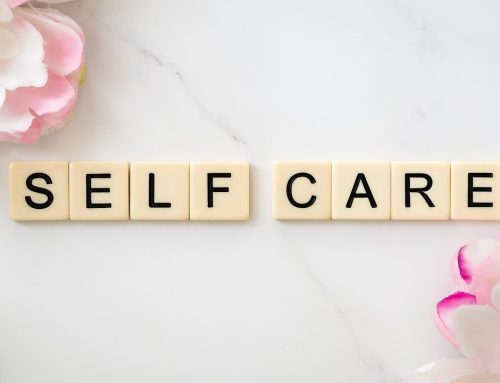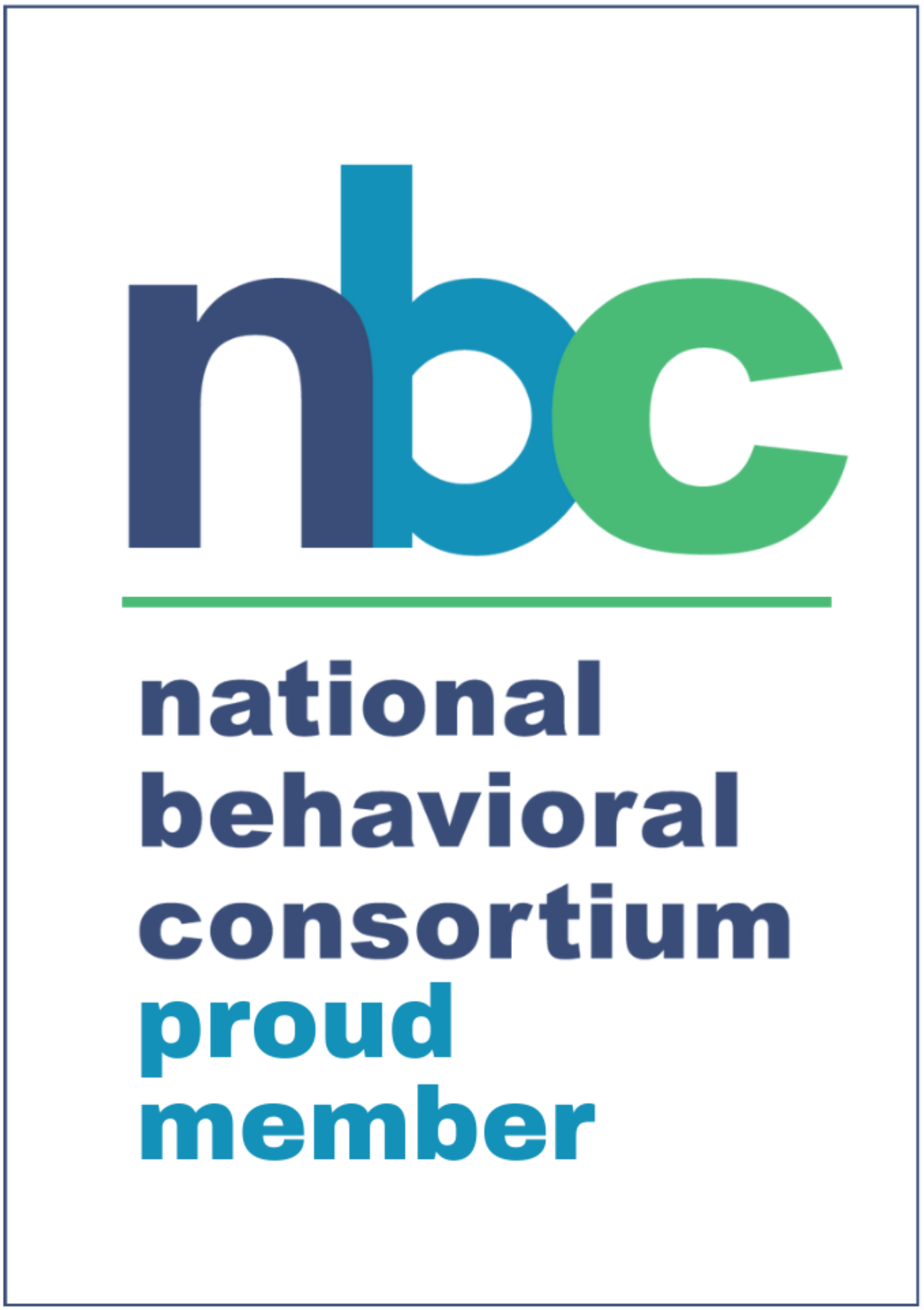You may not know it, but November is the month to go purple! You will see buildings lit with the color purple and lots of publicity regarding Alzheimer’s disease, all to highlight November as National Alzheimer’s Disease Awareness and Caregiver Month. The tradition started back in 1983 when President Reagan (who died of Alzheimer’s disease) proclaimed the awareness month to call attention to this tragic disease. Back then, fewer than 2 million Americans had the disease, today that number is 5.4 million. Alzheimer’s is the 6th leading cause of death in the US and the only one in the top ten that cannot be prevented, treated, or cured. If the trajectory of the disease is not changed, by 2050, nearly 14 million Americans will be affected by Alzheimer’s.
So what exactly is Alzheimer’s disease? I have been working in the field of cognitive impairment for over 15 years and the number one question I am asked is “What’s the difference between Alzheimer’s and dementia?” The best answer I can give is that dementia is an “umbrella” term much like the term cancer. There are many types of cancer and there are many types of dementia as well. Perhaps the easiest explanation is this….everyone who has Alzheimer’s disease has dementia, but not everyone who has dementia has Alzheimer’s.
Alzheimer’s is, however, the most common type of dementia, accounting for around 70% of all cases. The hallmark symptom of Alzheimer’s disease is memory loss, particularly short-term memory loss in the early stages. Vascular dementia (strokes that impair the blood supply to the brain) accounts for around 10% of dementia cases, and then there are other forms of dementia you may have heard of like Lewy Body or Frontotemporal dementia. Dementia is defined by the Mayo Clinic as a group of symptoms affecting memory, thinking, and social abilities severe enough to interfere with daily functioning. It is important to note that Alzheimer’s disease is not a mental illness. It is a disease just as we know cardiovascular disease, diabetes, or cancer to be physical illnesses. And while there is a certain extent of memory loss that is a normal part of aging, the memory loss and other symptoms of Alzheimer’s disease are not a part of normal aging. Toward the end of this blog, I will list the ten warning signs for Alzheimer’s disease and attempt to differentiate between what is normal and what could be a red flag.
Why is this subject important to me? Aside from the huge public health and expense issue this presents for our country (and every other country in the world by the way), it affected my family personally. Three of our four parents in my immediate family were diagnosed with Alzheimer’s disease within a two year period. The disease changed everything for my parents, my family, and of course, for me and my priorities. My loved ones have now been gone for a few years, having lived for 16 years, 14 years, and 11 years with the disease. People ask me if I am relieved to be out from under the burdens of the disease. I tell them I am just warming up and will not rest until we find an end to Alzheimer’s. In the meantime, my quest is to help as many other families as possible who are dealing with this cruel disease.
A brief history of the disease
It might be a good time to switch gears and pause for a brief history lesson regarding Alzheimer’s. The disease was discovered in 1906 by a German doctor named Alois Alzheimer. He was presented with a 51 year old female we respectfully refer to simply as “Frau Auguste D.” Her husband brought her to Dr. Alzheimer’s clinic when she displayed irrational behaviors. Back then, it was usually, “off to Belleview for you” but Dr. Alzheimer was not buying it. He cared for her at his clinic until her death three years later and then discovered the disease during her autopsy. Without going into “Brain 101” too deeply in this blog, excess build-ups of two proteins (amyloid beta and tau) are present in Alzheimer’s patients. Now you may have the same reaction I have every time I tell the story of Frau August D…1906!!!!! What? It is 2015, why has this not been cured by now?
The disease is very complicated and it was only in the late 1980s that the scientific community realized that younger onset (diagnosis under 65) and regular onset (over 65) were the same disease. Several research and diagnosis breakthroughs have occurred in the past decade and while there is no treatment or cure that stops the disease as of today, I have never been more optimistic that a breakthrough is possible. Thousands of doctors and scientists around the world are working on the issue as we speak.
The high cost of the disease
You may not know that Alzheimer’s is the most expensive disease in our nation. This year, the cost of caring for Alzheimer’s patients will be $226 billion (yes, with a “b”). $153 billion of that will be Medicare and Medicaid costs for care of Alzheimer’s patients. With 10,000 Baby Boomers turning 65 everyday, we must put an end to Alzheimer’s. 1 in 9 of us will develop the disease past the age of 65. Nearly half of us will have the disease at age 85.
The workplace stats are equally disturbing. 85% of caregivers under 65 are employed. Alzheimer’s disease costs American business more than $60 billion annually, both in costs related to care and in lost productivity. 60% of working Alzheimer’s caregivers report that they have had to come in late, leave early, or take time off. 20% had to take a leave of absence. 13% had to go from full time to part time and 15% had to give up working entirely.
The caregivers
So I mentioned that November is Alzheimer’s Awareness and Caregiver month. Who are these caregivers exactly? There are over 15 million of us in the US. This year we will provide more than 17 billion hours of unpaid care. You History Channel buffs might think that ice road trucking is the most dangerous profession on earth, but I would submit that caring for a loved one with Alzheimer’s disease or another form of dementia is the most challenging. Caregivers must navigate between making sure their loved one is protected from a variety of dangers (60% of Alzheimer’s patients will wander during their journey with the disease) and preserving their dignity. These are our parents, our spouses, our friends, and treating them like children is never appropriate although their behaviors may certainly test our patience.
As the person moves through Early, Middle, and Late Stage Alzheimer’s, behaviors can become more and more challenging. Just as we caregivers learn to handle one behavior, it disappears and another one emerges. Caregivers take lousy care of themselves due to stress and worry. They balance medical, legal, financial, and family dynamic issues that are complicated and emotional. 74% of caregivers report being somewhat to very concerned about their own health. So…if you know a caregiver of a person with dementia, give them a hug in November, better yet, offer to help them pick up groceries, rake leaves, or treat them to a spa day; they will be eternally grateful.
The patients
You also may not know that women are at the epicenter of Alzheimer’s disease. 2/3 of Alzheimer’s patients are women. The prevailing thought has been that this is because women live longer than men and the number one risk factor is age. New studies are underway to further investigate whether there are other factors that may make women more predisposed to the disease. Over 60% of Alzheimer’s caregivers are women as well. Perhaps the most startling statistic is that a woman over 60 is twice as likely to develop Alzheimer’s as breast cancer.
10 warning signs of Alzheimer’s
So now…as promised and if you are still reading this!… what are the common symptoms or early warning signs of Alzheimer’s? The Alzheimer’s Association lists ten of them. I will mention them all briefly and give a few examples from my own family experiences.
- Memory loss – not just forgetting the name of some movie star in an old film, but the type of memory loss that disrupts daily life and causes people to live in “sticky-note-ville.” Alzheimer’s erases short-term memory first so recently learned information may not be maintained like it was before.
- Changes in planning and problem solving – We all mess up a detail now and then but we are able to adjust and work through the issue. Many early-stage Alzheimer’s patients do very well as long as they stick to a routine. When problems arise, however, their ability to compensate is limited.
- Difficulty completing familiar tasks – We’re not talking about forgetting how to reprogram the thermostat and having to refer to the manual, we are talking about commonly performed tasks. An example would be my Mom who started taking 30 minutes to unload the dishwasher due to confusion.
- Confusion with time or place – We all forget what day it is occasionally but get ourselves back on track quickly. An Alzheimer’s symptom example might be someone who goes to the same activity each week but now cannot remember the route to take to get there.
- Trouble understanding visual images and spatial relationships – In other words, Alzheimer’s patients do not see things the way we do. They may suffer from a lack of peripheral vision (which is why driving becomes an issue) and may not be able to identify how close an object is to them.
- Problems with speaking or writing words – We all forget a word occasionally but we are quick to substitute another one that makes sense in the context of our conversation. My Dad, however, would become very frustrated when he couldn’t think of any words to describe his watch or wallet.
- Misplacing things and losing the ability to retrace steps – We all lose things and if you find your lost keys in the pocket of the jacket you wore two days ago, that makes sense. If you find them in the freezer, that could be a sign that something is wrong.
- Decreased or poor judgment – We all make stupid decisions from time to time – to err is human as they say. But Alzheimer’s patients may lose the basic judgment to know when a scammer is taking advantage of them or they may buy an expensive item they simply can’t afford.
- Withdrawal from work or social activities – The person may be “hiding out” to avoid family, friends or work associates from noticing that they are having cognitive issues. We all “check out” occasionally but a noticeable difference in someone’s social interaction may be a cause for concern.
- Changes in mood and personality – We are not talking about the typical “set in my ways” or “you kids get off my lawn” type crankiness. We are talking about changes in a person’s demeanor that are significantly different and unusual compared to their baseline behavior.
It’s time to lift the veil on Alzheimer’s
I could write for hours on this subject (in case you can’t tell by now) but I want to close by urging anyone reading this who has a friend or loved one with warning signs to see a doctor immediately to discuss symptoms in the context of their overall health. Many people are hesitant to discuss the subject but there are three reasons to do so. First, it might not be Alzheimer’s at all, there are many other conditions that present symptoms that may be similar. Secondly, if it is Alzheimer’s, perhaps a clinical trial would be appropriate; the care during these trials is excellent and the scientific community really needs participants. And finally, a diagnosis of Alzheimer’s allows the patient to express their wishes while they still can and it also allows family members to become knowledgeable about the disease, plan for the future, and learn the valuable caregiving skills they will need to maintain the highest quality of life for all involved throughout the journey. In other words, you want and need to know…no matter what.
I hope this information and my story helps draw attention to this disease and an appreciation for caregivers during the month of November. Please help spread the word during National Alzheimer’s Awareness and Caregiver month. And please know that we here at MINES and Associates recognize the family and workplace pressures of having a loved one with Alzheimer’s. Help, education, and coaching is available for employees who are balancing their responsibilities at home and at work.
And, oh yea, ski and snowboard season is upon us….be sure you and your friends and family wear helmets – your brain is your most precious and irreplaceable asset!
JJ Jordan
Associate, MINES and Associates
Family Caregiver











Leave A Comment